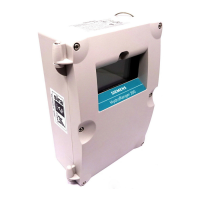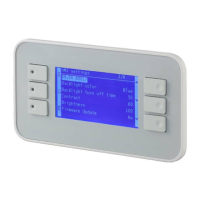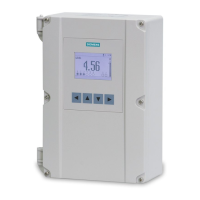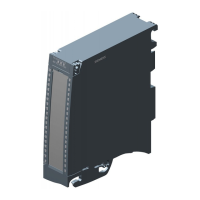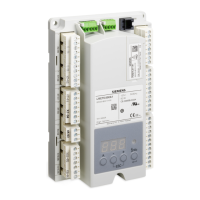Virtual Network configuration
A31003-W1040-U101-1-7619, July 2006 DRAFT
124 HiPath Wireless Controller, Access Points and Convergence Software V4.0, C10/C100/C1000 User Guide
hwc_vnsconfiguration.fm
Topology for a VNS
Before you can define the VNS topology parameters and configure the VNS, you must first
create a new VNS name.
To create a new VNS name:
1. From the main menu, click Virtual Network Configuration. The Virtual Network
Configuration screen appears.
2. In the left pane, type a name that will identify the new VNS in the Add subnet box, and then
click Add subnet. The name appears in the Virtual Networks list. The Topology screen
appears.
The following sections describe in detail how to define the VNS topology parameters and
configure the VNS.
7.1 Topology for a VNS
In the Topology screen, the key choice for a VNS is the type of network assignment, which
determines all the other factors of the VNS. When you have completed defining the topology
for your VNS, save the topology settings. Once your topology is saved, you can then access the
remaining VNS tabs and continue configuring your VNS.
There are two options for network assignment:
● SSID – The SSID determines the VNS to which a user profile will be assigned (user
topology/IP, filters):
● Has Captive Portal authentication, or no authentication (as well as MAC-based
authentication).
● Requires restricted filtering rules before authentication and, after authentication,
filtering rules for group filter IDs.
● Is used for a VNS supporting wireless voice traffic (QoS).
● Is used for a VNS supporting third-party APs.
● Has WEP and WPA-PSK privacy.
● AAA (Authentication, Authorization and Accounting):
● has 802.1x authentication (as well as MAC-based authentication).
● requires filtering rules for group filter IDs and default filter.
● has Dynamic WEP and WPA (WPA v.1 and WPA v.2) privacy.

